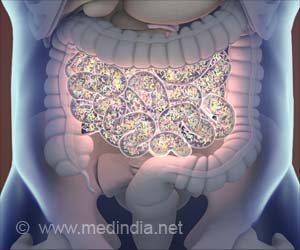
Cervical spondylotic myelopathy (CSM) has been called the most common form of spinal cord dysfunction in older adults, although it can occur in younger people due to injury. As we age, vertebral joints in our necks begin to show wear (cervical spondylosis) and cervical spine ligaments thicken. These changes cause the spinal canal to narrow, which can lead to compression of the spinal cord. As spinal cord compression increases, nerve cells die, resulting in symptoms of cervical myelopathy that range from mild neck pain to motor weakness, sensory loss, impaired walking, and, in cases of advanced disease, loss of bladder and bowel control. CSM is a progressive disease. Surgery is indicated when there is neurological impairment. Studies have shown that outcomes of surgery are best when the operation is performed during the early stages of the disease, when neurological impairment is minimal.
Between January 2009 and December 2010, 146 patients underwent surgery for CSM at The Spine Unit of Tel-Aviv Medical Center, a tertiary care center. All cases of degenerative pathological conditions of the cervical spine were included. Complete medical records (from both the Center and community-based physicians' offices) were available for 42 patients, and these patients comprised the study population. The researchers collected data from the time the first signs or symptoms of CSM were documented until the date of surgery. The diagnosis of CSM was based on the following: 1) symptoms consistent with CSM; 2) neurological findings suggestive of myelopathy; and 3) MRIs showing compression of the cervical spinal cord. In addition to the review of medical records, phone interviews with patients were conducted to obtain any missing clinical data.
Behrbalk and colleagues found that 69% of patients initially sought a diagnosis for their symptoms from family physicians and 21.4% from community-based orthopedic surgeons. The remaining patients consulted other physicians, none of whom was a neurologist or neurosurgeon, the most likely to recognize the disease. The researchers state that this follows the normal pattern of physician visits in Israel, where patients can directly schedule appointments with family physicians and orthopedic surgeons but require referrals to see neurologists or neurosurgeons. During the first physician visit, only one doctor—an orthopedic surgeon—suspected that CSM could be the underlying cause of the patient's symptoms.
At the second physician visits, most patients went to orthopedic surgeons (48.8%) and family physicians (26.8%); far fewer saw neurologists (9.8%) or neurosurgeons (2.4%). At the third physician visit, patients continued to consult orthopedic surgeons most frequently (38.5%), but more patients sought out neurologists (25.6%) and neurosurgeons (18%) than before; 12.8% of patients returned to family physicians.
In this study, Behrbalk and colleagues found that it took a mean of 5.2 ± 3.6 physician visits to obtain the correct diagnosis of CSM. In the end, the diagnosis was made most often by neurosurgeons (38.1%) and neurologists (28.6%), and less frequently by orthopedic surgeons (19%), family physicians (4.8%), and a variety of other specialists (9.5%). The delays in diagnosis in this study, according to the researchers, rest primarily on a lack of awareness of CSM on the part of family practitioners and community-based orthopedic surgeons, who did not conduct full neurological examinations that could indicate myelopathy.
Advertisement
Behrbalk and colleagues call for continued education of family practitioners and community-based orthopedic surgeons to make them more aware of CSM and promote early referrals for surgery when patients present with CSM symptoms.
Advertisement
Source-Eurekalert










